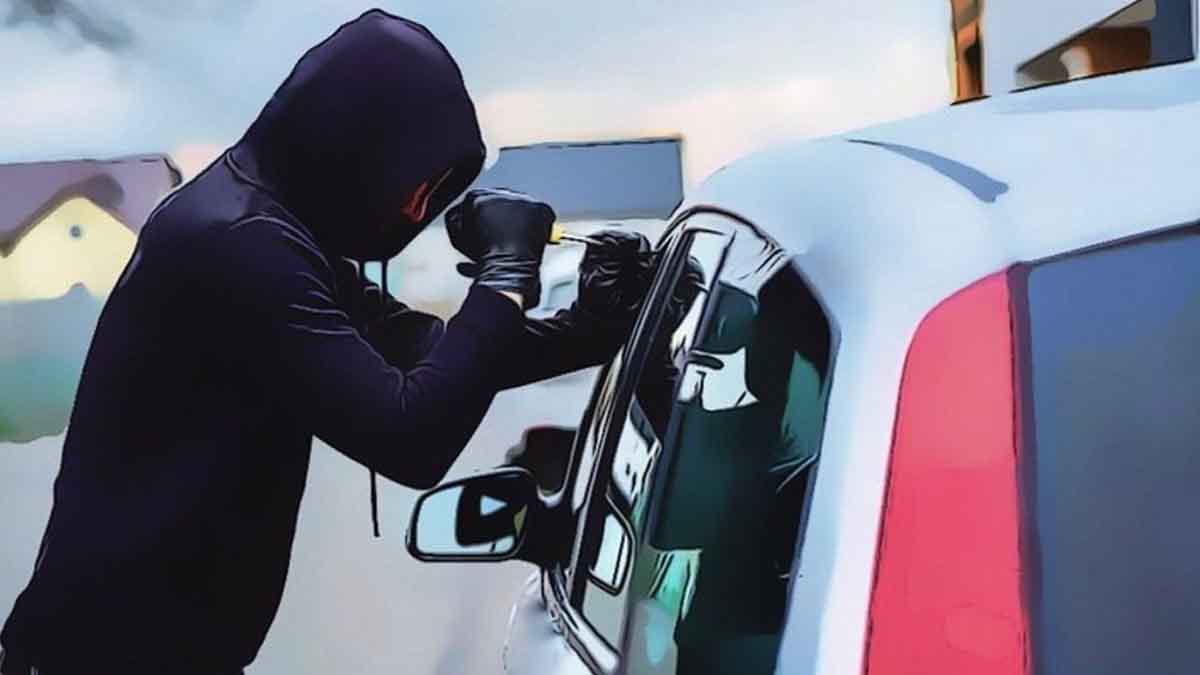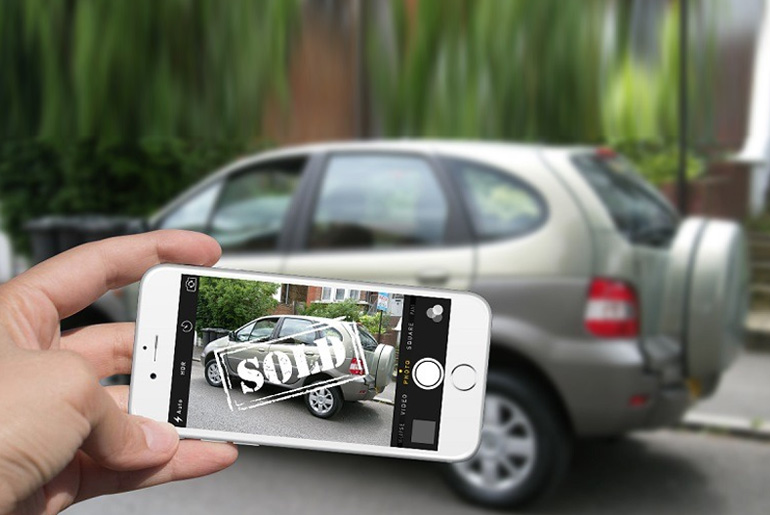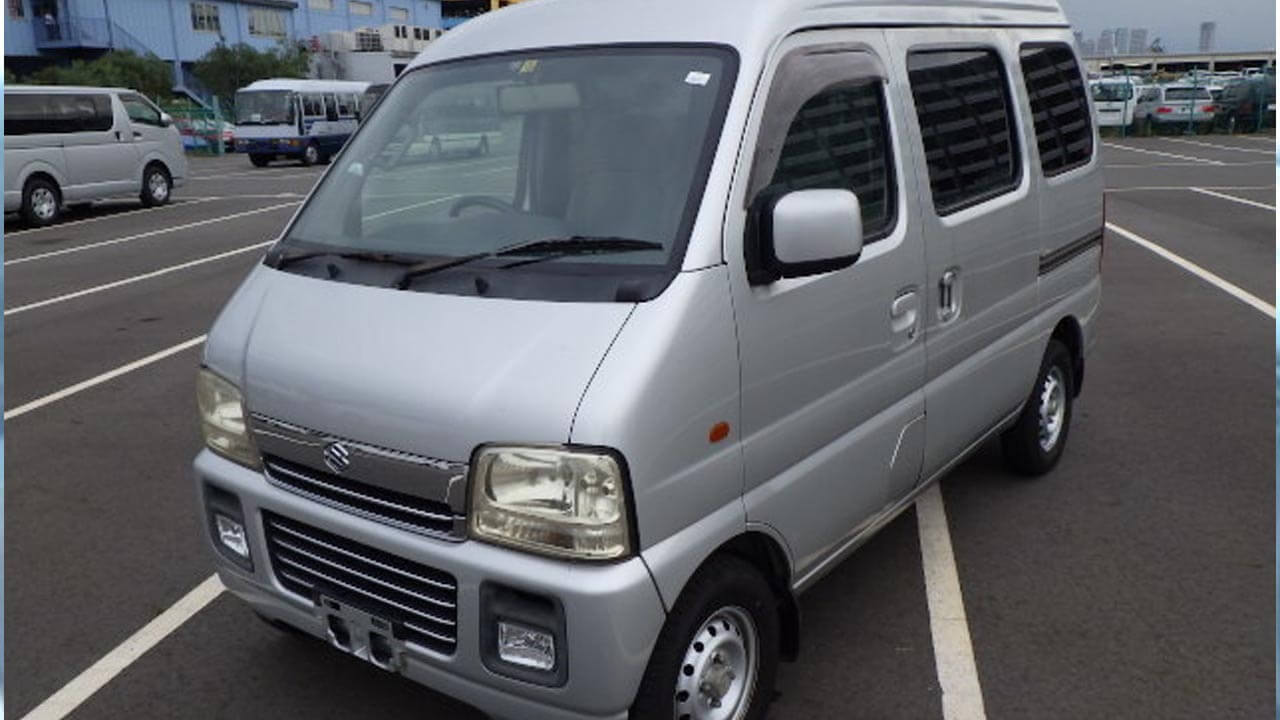Driving in the rain is one experience that almost all road users must encounter. As we gradually approach the rainy season, it becomes important that you are equipped with tips that will help in safe driving. Stormy and cloudy conditions makes driving more challenging as one does not clearly have a great view of other road users and this may lead to an accident if this isn’t properly managed.
Table of Contents
Rain and wet road conditions are perhaps the worst conditions that most drivers will face on a regular basis. Hazards and risks are elevated whenever it starts to rain, or even if roads are still wet from a recent downpour. Many drivers will simply slow down as their only safety precaution when it begins to rain. While reducing speed is a crucial element of how to drive safely in wet conditions, there are several other techniques or considerations that motorists need to be aware of when driving in the rain.
Buy top trending Car accessories in Lagos and Original Korea Battery now Check @carfanzy Lagos on Instagram
As a driver, being sensitive to weather conditions is a must. It is advisable to cancel or reschedule your trip if not too crucial when confronted with adverse weather until conditions improve. If you must drive in less than ideal weather conditions, there are a number of appropriate actions you should know how to execute. After all, the goal is to safely arrive at your destination.
Reduce your speed
A slow drive is advised during rainy days. Although sometimes motorists don’t abide by this rule they end up splashing water on other road users. Not only should you adhere to the posted speed limit when driving in wet weather conditions, but you should also drive considerably slower than you normally would. Wet roads are very dangerous. Your vehicle’s reaction time is much slower when it is raining. Reduced speed is imperative in rainy weather. Speed limits are set for ideal weather conditions, not wet and slippery roadways.
Check your vehicles tyres
Ensure to check the tread of your vehicle’s tires. Balding tires can severely reduce traction on wet roadside.
Avoid Hydroplaning
The term hydroplaning refers to when your tires lose traction with the road due to excess water on top of the road. The result is that your vehicle begins to slide. Incase of hydroplaning, let off the accelerator (gas pedal) slowly, and steer straight until you regain control. If your car starts to spin, turn your wheel in the direction that the vehicle is spinning, slowly. Do not turn your wheel against the direction it has begun to spin. Do not jerk the wheel sharply in one direction or the other, as you could flip your car due to over correction. Although there are many variables that determine whether or not your vehicle will hydroplane, vehicles can hydroplane at even low speeds.
Brake Slowly
Try to slow your vehicle by taking your foot off the accelerator earlier than you normally would in preparation to slow down or stop. Don’t use cruise control so your attention on using both the gas and brake are in tune.You should never slam on the brakes, but this is especially true when driving on wet roads.
Turn On Your Wipers
Wipers should be checked regularly and replaced as soon as the need arises as a wiper with damaged blades will slack in cleaning the windscreen properly. Don’t be afraid to use the windscreen washers liberally: the fluid is cheap (99 cents a gallon) and the safety benefit is high. Carry extra during the winter. Avoid following large trucks or busses closely. Splash and spray from these vehicles can obscure your vision, creating a potentially disastrous driving situation. Keep your distance, and your windshield wipers on, when other traffic is in front of you.
Avoid standing water
Never drive through moving water if you can’t see the ground through it: you and your car could be swept off the road, possibly finishing you both. Stop the car before entering the flooded area and check the water level ahead.
Generally, if the water is deeper than the bottom of your doors or the bottom third of your wheels, it is inadvisable to attempt driving through it. Seek a detour rather than braving the flood and risking damage to your electronic control systems. Attempting to go through deep water can ruin any of these systems, creating a repair bill in the thousands of dollars.
According to Solomon, you can lose control with as little as three inches of water on the road. And even if you manage to stay in control, a larger vehicle could push some of that water underneath your car, causing your engine to stall.
Turn on those headlights
Turning on headlights when visibility is low is of immense importance, and many states also require having the headlights on when the windshield wipers are in use. A wiper in perfect condition and relatively new (not threadbare) tires are must-haves when driving in rain, especially when driving at high speeds on the highway.
Have 1 million naira and above to Buy or Sell Cars In Nigeria? Check Carmart.ng RIght Now
All rights reserved. Reproduction, publication, broadcasting, rewriting, or redistribution of this material and other digital content on carmart.ng is strictly prohibited without prior express written permission from Carmart Nigeria - Contact: [email protected]
Stay informed and ahead of the New Car info! Follow The Carmart Blog on WhatsApp for real-time updates, Cheap Cars, and Latest new car content. Don't miss Any –
Join The Carmart Blog Channel







